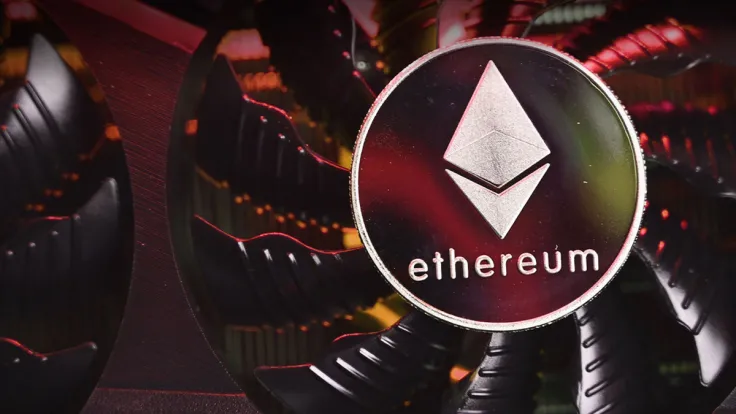
Disclaimer: The opinions expressed by our writers are their own and do not represent the views of U.Today. The financial and market information provided on U.Today is intended for informational purposes only. U.Today is not liable for any financial losses incurred while trading cryptocurrencies. Conduct your own research by contacting financial experts before making any investment decisions. We believe that all content is accurate as of the date of publication, but certain offers mentioned may no longer be available.
Soon after the arrival of the Merge, the cryptocurrency market is looking forward to the Shanghai update of Ethereum (ETH). But could any problems occur with this next hard fork?
Shanghai will bring fragmentation to increase network speed and reduce transfer rates. The Ethereum Virtual Machine (EVM) may also be impacted. After all, five proposed changes have been made to the EVM.
If developments go well, Shanghai is likely to hit the main altcoin network in March 2023.
The massive sale that should occur with this update is the great fear of the crypto community, as this upgrade will bring liquidity to ETH; therefore, the cryptocurrency units that are staking on Beacon Chain will be released for trading.
But why were they locked up?
Beacon Chain was developed to make a safe change from Ethereum's consensus model to proof of stake (PoS). This way, users who trust the potential of the leading altcoin could start staking ETH.
Crypto depositors validated blocks that had no transactions to help the network see if the PoS process was proceeding the way it should. Thus, with the arrival of the Merge, Ethereum would have a secure network for common users and projects that use its blockchain.
With Ethereum locked, even with the arrival of the Merge, developers would have the predictability of network security without a sudden variation in activity occurring on the ETH blockchain.
Will massive Ethereum sale happen?
First, it is worth mentioning that there may indeed be selling pressure on Ethereum. Even if investors who trust the smart contract platform decide to keep their ETH in storage, short-term investors may not be so confident.
As such, investors may panic, believing that the unlocking of Ethereum from the staking contract would be a catalyst for selling.
When Beacon Chain launched in early December 2020, ETH was exchanging hands at $610. At the time of writing, the altcoin is trading at $1,187.
Although this is a 94% increase, many of Ethereum's depositors on Beacon Chain saw the altcoin grow to $4,891.
With the fundamentals of crypto getting stronger and the arrival of Ethereum 2.0 closer, the chances of it getting back to that level are high. Therefore, long-term investors should not make massive sales.
If a situation occurs where sales are made and the price of Ethereum falls, the altcoin becomes more attractive for staking. Rewards will increase, and the entry price to earn income from holding the altcoin will be lower, encouraging more investors to join the proof-of-stake network.
Another excellent incentive for this circumstance is that the Ethereum stake, after Shanghai, will no longer be locked. In this way, those who deposit from March 2023 onward will be able to withdraw their assets whenever they want, bringing more traction and taking more ETH units from cryptocurrency exchanges.
 Dan Burgin
Dan Burgin Vladislav Sopov
Vladislav Sopov U.Today Editorial Team
U.Today Editorial Team